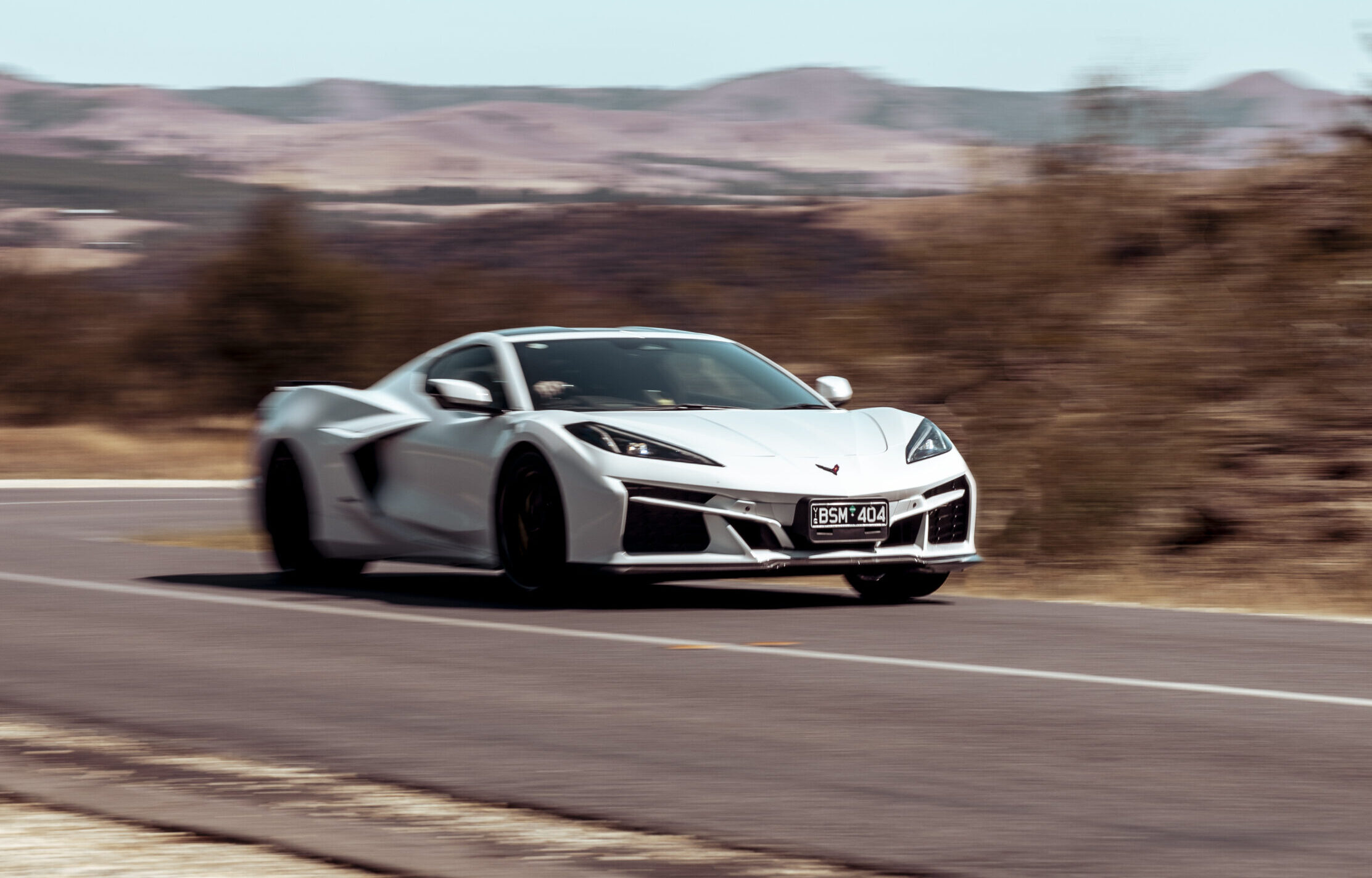The world has gone small-SUV mad. In markets all over the globe, the satchel-sized Sport Utility Vehicle has become the hottest thing since sleeve tattoos and manufacturers can’t keep up with demand.
Indeed, Australia is about to be bombarded with new entrants, and Holden’s Trax is up first. It lands smack-bang in the middle of a huge Holden advertising campaign, and beats its Ford Ecosport and Peugeot 2008 rivals to market by two months.
The two-model Trax range kicks off at $23,490 for the LS manual and tops out at $27,990 for the six-speed auto LTZ. And while the 18-inch-wheeled LTZ might scrimp on some equipment details (the ‘Sportec’ seat trim is a pretty name for vinyl), it absolutely nails the infotainment and connectivity stuff sure to win over so many Gen Ys (see breakout).
Surprisingly, so does its styling, which appears chunky and purposeful in the flesh, and looks particularly distinctive from the rear. According to Richard Ferlazzo, Holden’s chief of design, Trax’s front-end was styled in Melbourne.
When Ed Welburn (GM Vice President of Global Design) saw the front-end proposals for Trax, he said “I like the Holden one, let’s use that”.
The Aussies have also had a large hand in Trax’s tuning. Just one engine variant will be offered for now – GM’s venerable 1.8-litre Ecotec petrol four – which, thanks to calibration by Holden’s engineers, does a highly commendable job powering the Trax.
Driven hard, this 103kW/175Nm slogger isn’t quiet, but the 1.8 sounded less strained in Trax than an auto Cruze wagon I drove recently, and most of the time, it operates unobtrusively and effectively. It produces more than 90 percent of peak torque from 2400 to 6500rpm, and when tied to the intuitive six-speed auto, the 1.8 is a tractable and capable performer. Apparently the 1.4 turbo is “under evaluation”.
Where the Ecotec donk shows its age is in quoted fuel efficiency. The ADR number for a Trax auto is 7.6L/100km – better than Mitsubishi’s ASX CVT (7.9) and Nissan’s Dualis CVT (8.3), but well behind the forthcoming Renault Captur 1.2 turbo (5.4L/100km).
The five-speed manual (available only on the base LS) claims 7.0L/100km, but given the choice, we would have the slick auto over the long-throw manual.
Underneath, Trax shares Barina’s front-drive Gamma platform (AWD won’t be offered here), although its wheelbase is 30mm longer (2555mm) and tracks are over 40mm wider.
At 4278mm, Trax is slightly shorter than an ASX, but it has a well-shaped 356-litre boot, and the rear seat double folds for a completely flat cargo bay. Indeed, one of Trax’s greatest strengths is its packaging.
Likewise steering and handling. “I wanted the car to really inspire confidence”, said Holden vehicle dynamics engineer, Michael Barber – spouting words like “enthusiastic” and “eager” to describe Trax’s dynamic flavour.
Riding on quality Continental tyres, the Trax feels poised and surefooted, with pointy yet progressive steering and a sophisticated feel. The 215/55R18-tyred LTZ has more consistent steering weighting than the 205/70R16-tyred LS, but the base Trax has a slightly cushier ride.
Thing is, the Trax looks so much better riding on 18-inch wheels, its firm ride is an easy trade-off. Same argument applies to the LTZ’s visual bling, although you can option charcoal 18s and even GT stripes on an LS if you desire.
But it’s the Trax’s value-for-money, its polished driveability, and its unmatched connectivity that’ll really draw punters in.





